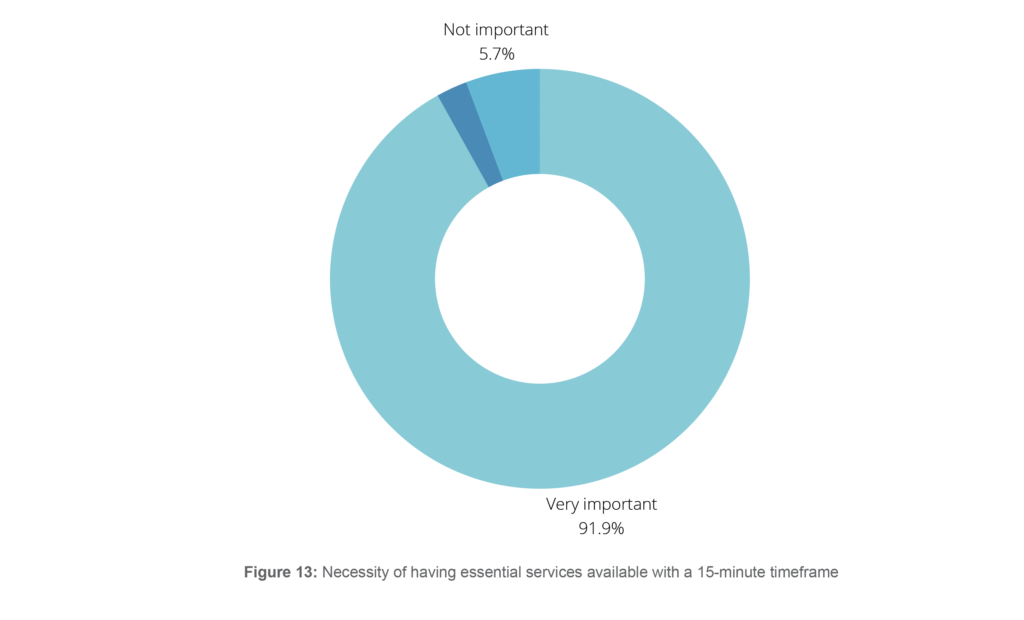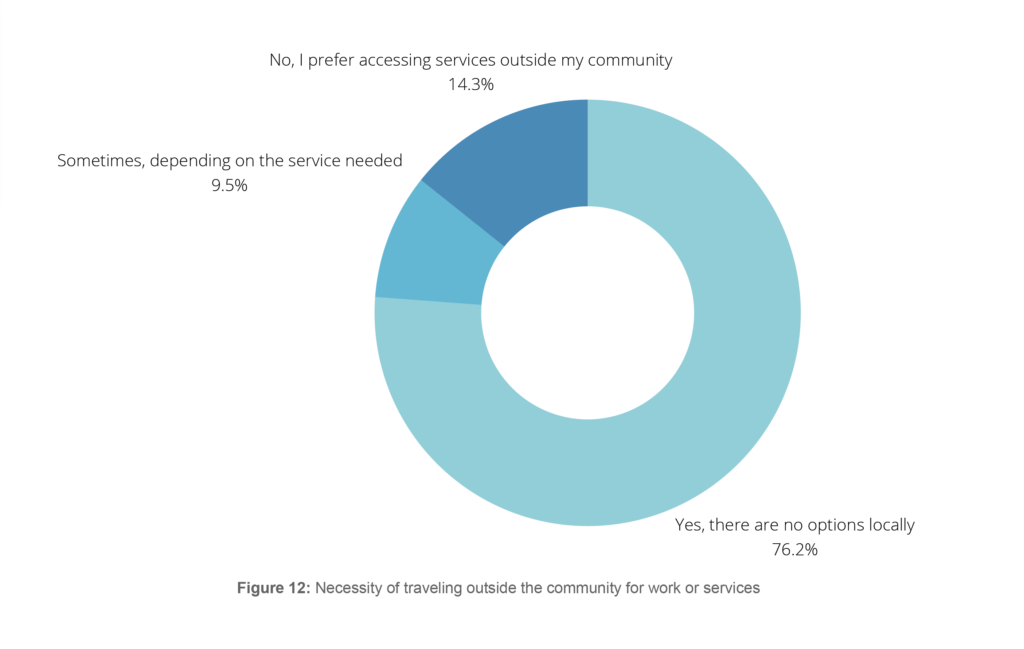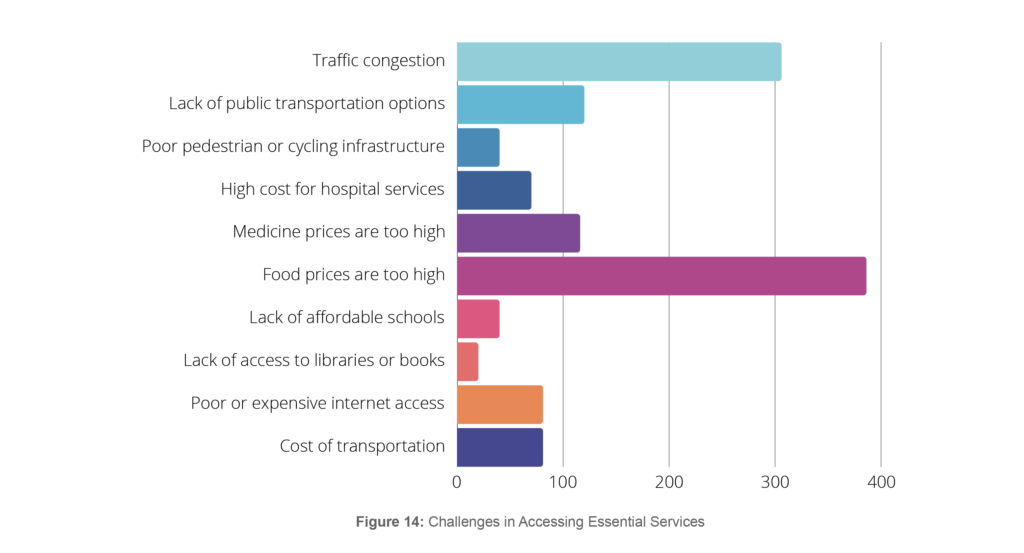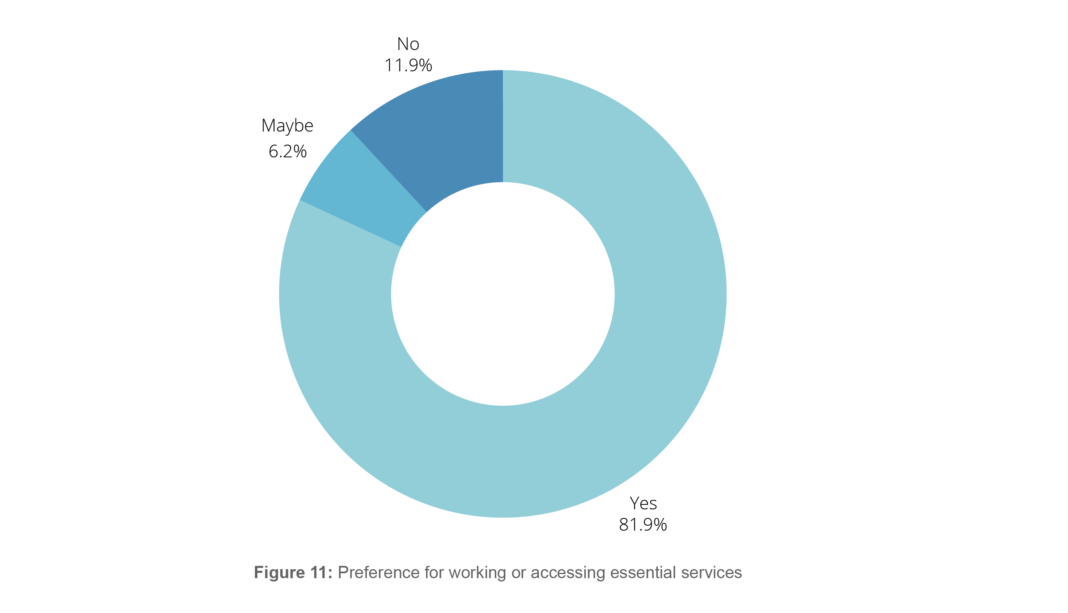Metro Manila, July 8, 2025 — A recent survey titled “Assessing the Viability of the 15-Minute City Model in Metro Manila” finds that a large majority of residents would rather trade lengthy commutes for a more self-contained, neighborhood-centric way of life. Of the 420 participants—drawn equally from inner-city districts, informal settlements and suburban areas—82 percent said they’d choose to live, work and run daily errands within a 15-minute walk or bike ride of home. Yet 76 percent admit they still venture beyond their own neighborhoods because they believe local options are insufficient.


Support runs highest among younger adults, with 91 percent backing the 15-minute city idea, while 87 percent of older respondents also voiced their approval. Practical considerations drive much of the enthusiasm: 92 percent regard having groceries, clinics and schools close by as essential to improving their quality of life. But several obstacles stand in the way—sky-high food prices top the list (92 percent), followed by chronic traffic congestion (73 percent) and expensive hospital fees (70 percent). Other challenges include limited public transit (29 percent), unsafe sidewalks and bike lanes (10 percent), high medication costs (17 percent) and general transport expenses (19 percent).
Despite these barriers, the concept itself resonates strongly: 81 percent describe it as “very appealing,” another 9 percent as “somewhat appealing,” and just 9 percent find it unappealing. A robust 87 percent believe that putting the model into action would enhance everyday well-being—citing hopes for more family time (68 percent) and shorter commutes (76 percent). Still, respondents warn that without major investments—71 percent insist on upgraded infrastructure and 72 percent highlight funding constraints—and a move away from private car dependence (59 percent), the initiative could falter.

As Metro Manila continues to wrestle with gridlock, soaring living costs and unchecked sprawl, experts say the timing of these findings could not be more critical. “This survey makes clear that people want to reclaim their neighborhoods,” says Anna Mae Yu Lamentillo. “Now it’s up to government and industry to deliver the roads, bike lanes, mixed-use zones and digital networks that will make a 15-minute city possible.”
The full report, “Assessing the Viability of the 15-Minute City Model in Metro Manila,” can be downloaded here: https://idr.lse.ac.uk/articles/110/files/684fb02a1d13b.pdf




